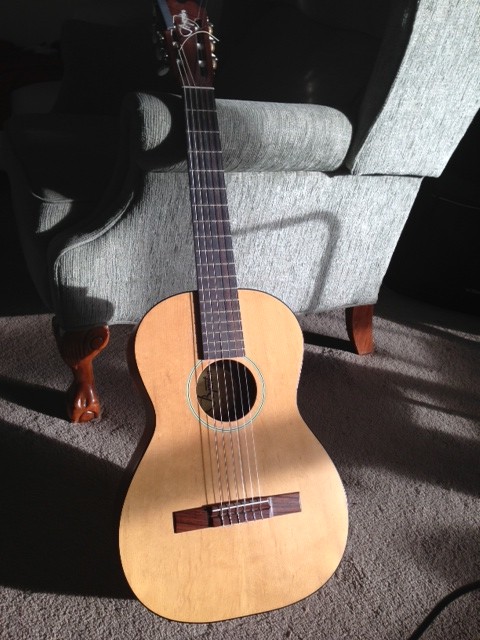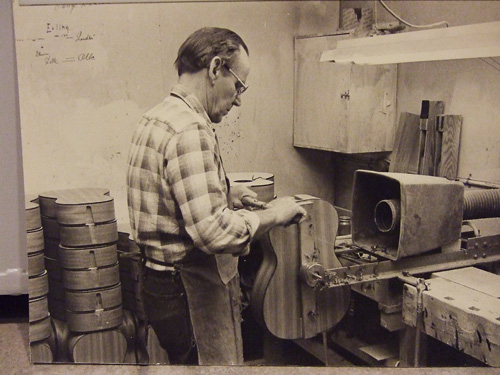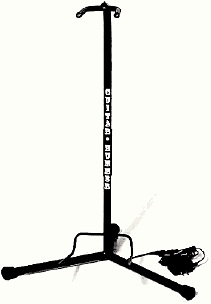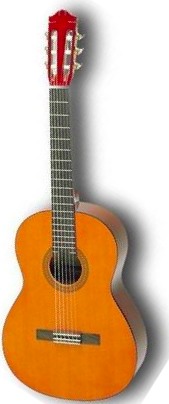 This is a guest post by Freddy Charles
This is a guest post by Freddy Charles
The logic behind a travel guitar has always peaked my interest, mainly because I’ve traveled to nearly 80 countries thus far, and have spent chunks of my life on the road. When inspiration strikes, having the proper tools on hand can go a long way for us creatives. While the idea of a carry-on guitar is good in theory, the products available over the years have really fallen short. The Martin backpacker for instance, quite compact in its design, but barely an acceptable instrument to practice or really play on. Other companies have made some attempts in this space as well, but in my opinion they all miss the marker.
Taylor introduced the GS Mini a few years back, taking the shortcomings of their “Baby” model and turning them into a “real” guitar. The Mini is the answer for the guitarist who travels extensively, and needs to keep his chops sharp. While it is a tad bigger than your typical travel guitar, once you get a feel for it, you’ll understand why this instrument is worth every penny.
Technically speaking the GS Mini is a 23 1/2″scale guitar. The body is comprised of a solid Sitka Spruce top, with laminate Sapele back and sides. The guitar has 20 frets with an overall length of just over 36 inches. It’s a well made instrument, and seems to have been designed to take a good beating.
The Taylor GS Mini in my opinion is a functional acoustic guitar that can be used in a performance or rehearsal setting. I think it would be unfair to call this a practice instrument. The sound from this smaller scale guitar will shock you. The low end is what initially captured my attention, and its big fat tone resonates like a guitar twice the price and size. The mid range sounds are perfect, as are the highs; crisp and tight. Playability on the guitar is quick, smooth and accurate- very similar to higher end Taylor guitars. As with most Taylors, Elixir Nanoweb strings are standard, and medium gauged are recommended to achieve the bigger sound. The guitar doesn’t need much breaking in; Taylor does an excellent job of setting the action just right, out of the box. I found the guitar extremely comfortable from the gate. Even though the body is smaller, it feels secure while your seated, or even when you stand and attach a strap.
The GS Mini also comes in a few different configurations. You can opt for a Mini with or without electronics, and choose between the spruce or mahogany tops. For me, the spruce suits my needs better than the mahogany. It’s much brighter as you would expect, but I also feel that with a guitar this size, you’re better off opting for the wood that gives you better projection. In this case the spruce top wins. Volume-wise, it’s loud enough to compete with full-sized guitars.
Lastly, the Taylor GS Mini comes with a convenient soft travel case that can be worn as a backpack, or carried in traditional fashion. It’s also thoroughly paded, you need not worry about dropping the guitar or banging it while in its case. For a retail price of $499, the GS offers everything you’ll need to rehearse, travel and perform in any musical setting.
Check prices for the Taylor GS Mini on Musician’s Friend
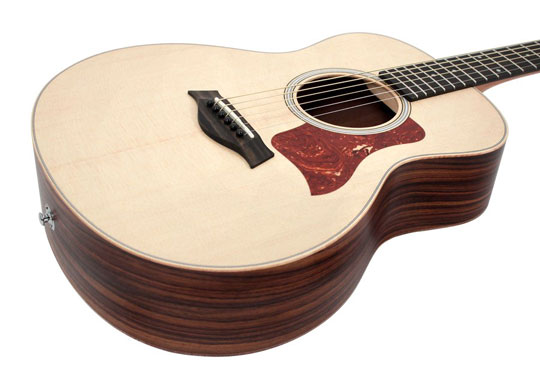

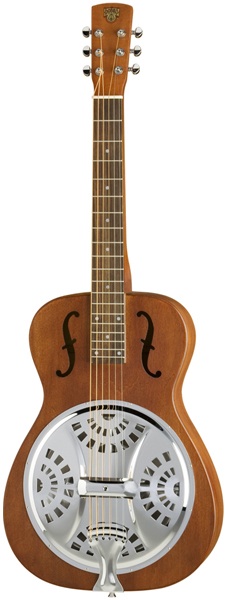 A Guest Post by Al
A Guest Post by Al 
